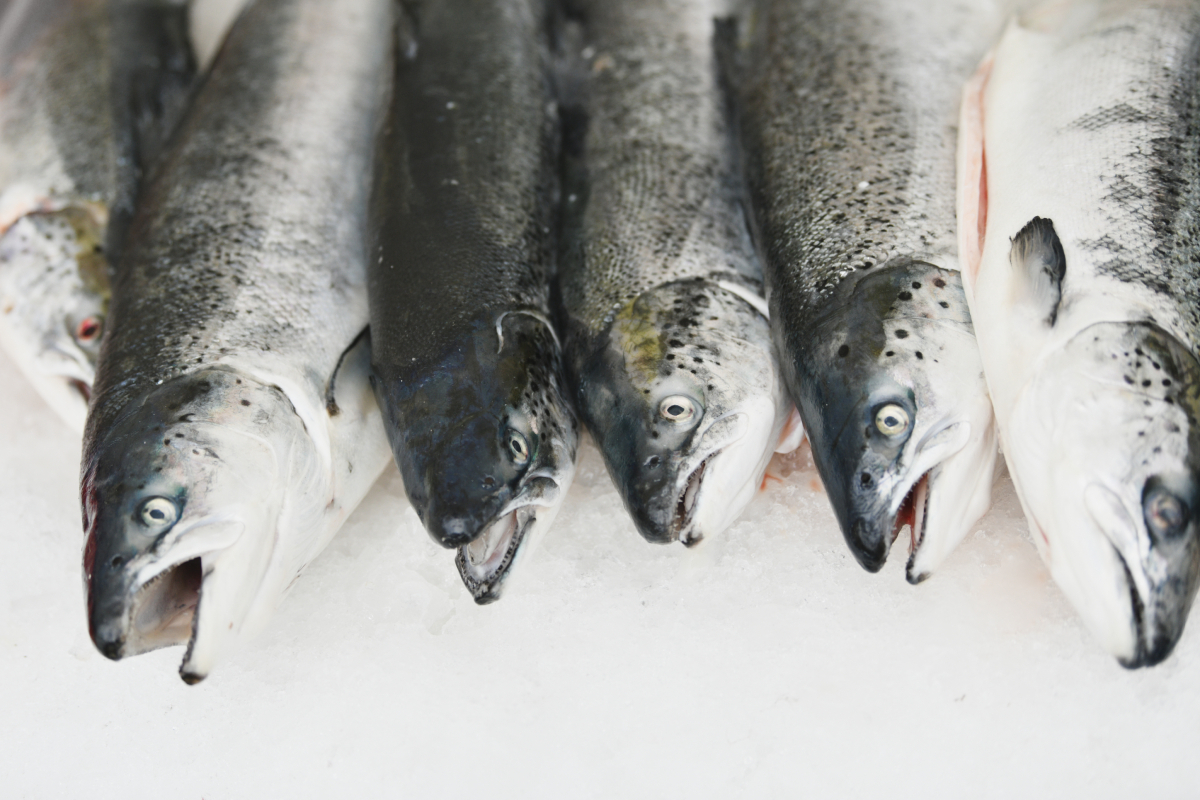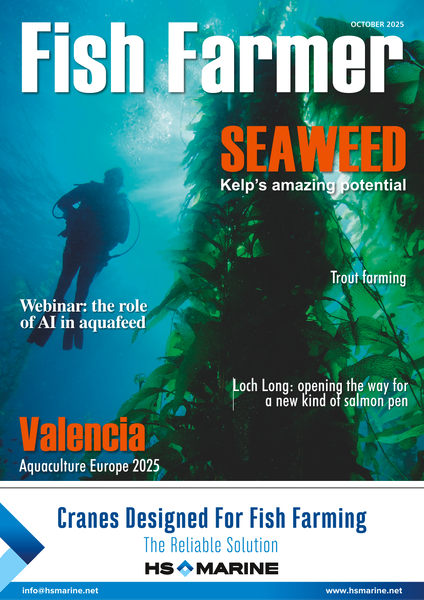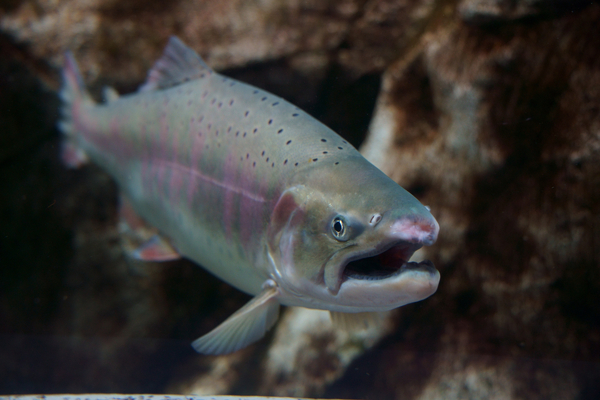The world wants our salmon - we must deliver
Scottish salmon has long been a global success story, renowned for its quality, sustainability and the skilled people who produce it. Now the next chapter is taking shape, and it is genuinely exciting.

New markets in India and the Gulf are opening up, offering opportunities that could transform the sector and deliver real benefits to communities across Scotland.
India represents a vast untapped market. The UK–India free trade agreement, approved by the Indian cabinet in July, will remove the current 33% tariff on Scottish salmon.
While the deal still awaits ratification by the UK Parliament, likely taking at least a year, farmers are already preparing.
Supply chains are being tested, logistics refined and plans developed to ensure that when the agreement comes into effect, Scotland can deliver high-quality salmon to top hotels, restaurants and retailers across the sub-continent.
India is the world’s third-largest fish market, with domestic consumption reaching nearly 12m tonnes in 2021 and rising steadily in major cities.
Premium seafood is in growing demand, and Scottish salmon is perfectly positioned to meet it. This deal could unlock tens of millions of pounds in exports every year, supporting jobs, investment and communities across Scotland. Working closely with UK and Indian partners, the sector is determined to make the most of this opportunity.
Meanwhile, the Gulf offers a complementary opportunity. The UK is close to signing a £1.6bn trade agreement with Bahrain, Kuwait, Oman, Qatar, Saudi Arabia and the United Arab Emirates.
In 2024, Scottish salmon exports to the Middle East and North Africa totalled just 900 tonnes, worth £9m - around 1% of total exports. Clearly, there is enormous scope to grow.
These regions are high-end, discerning markets, ready to pay for Scottish quality, and our producers are already gearing up to meet that demand.
Scotland’s international advantage is reinforced by timing. Imports into India from EFTA countries, including Norway, are being phased out over five years, giving Scottish salmon the chance to gain an early foothold.
Work is also underway to ensure that internal supply chains are ready so that premium Scottish salmon can reach tables quickly and efficiently once trade agreements come into effect.

Production capacity matters
But unlocking these markets is not just about opportunity. It is also about capacity and the regulatory framework that enables growth. The recent approval of Loch Long Salmon’s semi-closed containment farm in Argyll is a powerful example.
After years of planning, engagement and navigating a complex process, Scottish ministers gave the green light to a project that had previously been rejected by the Loch Lomond and The Trossachs National Park Authority.
Loch Long Salmon’s semi-closed system is innovative. It isolates farmed fish from the loch, collects most waste for onshore treatment and represents £40m of investment, bringing jobs and community benefits.
The approval comes with 35 conditions, many requiring further engagement with the National Park Authority, covering environmental safeguards, restoration plans, landscaping, access, travel management and archaeological programmes.
The company is committed to working with the Authority and local communities to satisfy these conditions and finalise the site development plan.
Beyond jobs, investment in projects like Loch Long brings tangible benefits to local communities, supporting schools, services and small businesses. It also reinforces Scotland’s reputation as a leader in sustainable aquaculture, giving investors the confidence to back further expansion.
Yet Loch Long also highlights a wider challenge. Red tape is holding Scottish salmon back. Consenting new and existing farms involves four separate regulators, often pulling in different directions. The process is slow, clunky and deters investment.
Professor Russel Griggs’ independent review in 2022 provided a clear roadmap for better regulation, yet three years on, full implementation is still awaited. Since 2020, 60 statutory deadlines have been missed. That is not regulation; it is stagnation. What the sector needs is not less regulation, but better regulation to enable sustainable growth.
Loch Long also shows how innovation can drive international competitiveness. Technology has matured since the original application, offering more advanced containment options while remaining within the environmental impact assessment parameters. Approving projects like this, and doing so efficiently, sends a clear signal to investors that Scotland is a forward-thinking, innovative country capable of meeting global demand.
The message is simple. Scottish salmon has the quality, the reputation and the demand to thrive internationally. But government support and faster decision-making are critical. We cannot afford to lose momentum as new markets in India, the Gulf and beyond open up. Every month lost is a month of missed opportunity in highly competitive global markets.
This is not growth for growth’s sake. It is about securing well-paid jobs, sustaining coastal communities and reinforcing Scotland’s position as a global leader in sustainable aquaculture. It is about ensuring that when trade deals come into effect, Scottish salmon can reach the markets that want it most.
The excitement is real. Scottish salmon is in demand around the world. New markets are opening, trade barriers are falling and the sector is ready to rise to the challenge.
With the right support at home, we can ensure that Scottish salmon continues to flourish, creating jobs, driving investment and enhancing the reputation of our country and our people.
But the clock is ticking. To turn opportunity into success, we need decisions and regulation that are as swift and forward-looking as the markets we aim to serve.
Tavish Scott is Chief Executive of Salmon Scotland.
Why not try these links to see what our Fish Farmer AI can tell you.
(Please note this is an experimental service)




